wikiHow is a “wiki,” similar to Wikipedia, which means that many of our articles are co-written by multiple authors. To create this article, 26 people, some anonymous, worked to edit and improve it over time.
This article has been viewed 205,560 times.
Learn more...
In the holy scripture Bhagavad Gita, Lord Krishna proclaims "patram pushpam phalam toyam yo me bhaktya prayacchati tad aham bhakty-upahritam ashnami prayatatmanah"
"He who offers Me with love and devotion a leaf, a flower, fruit or water, I will accept it wholeheartedly"
Hinduism as a religion caters to all types of people, be they believers in God with form or without form. It is believed that God can be attained by ritualistic worship or by meditation or even by simple utterances of the holy names. Ritualistic worship can be elaborate, spanning over several hours, with the chanting of mantras, offering Prasadam (consecrated food) and Harathi (swinging of lamps), or it can also be as simple as offering a single leaf of Tulasi (the holy basil) or Bael(for Lord Shiva) and offering Prasadam. While ritualistic worship satisfies some people, the others are happy with meditating on the Lord or chanting His name. Needless to say, any form of worship requires a pure and steadfast mind that is thoughtful of God, adherence to Dharma and abhorrence to sin.
Steps
-
1Ensure that you have the necessary materials from the things you need section.
-
2Purify yourself with a bath. While bathing, chant the names of the Lord. While ordinary bathing cleans us externally, uttering the name of the Lord purifies our mind, body and soul (trikarana shuddi).Advertisement
-
3Mark your forehead with a tilaka (urdhva pundra) or bhasma
-
4Light the lamp and place some akshinta along with flowers at the base of the lamp.
-
5Blow the conch (shanka) thrice. Sounding the conch is an auspicious omen that indicates an invitation to God and wards away all evil.
-
6Ring the bell (Ghanti). If you do not have a conch, you may just ring the bell.
-
7Those having an idol, can offer ritualistic worship in the prescribed manner. The others that may not have the time and/or means to do it or have a picture of the Lord in their worship, can do it mentally.
-
8Keep some water in a clean vessel.
-
9Offer the Lord a seat (aasana)
-
10Offer water to wash the holy lotus feet (paadhya).
-
11Offer water to wash lotus hands of Lord (arghya).
-
12Offer water for Lord to drink (acamana).
-
13Undress the Lord, or tie a plain white cloth around like a dhoti.
-
14Bathe the Lord chanting mantras.
-
15First: Water
-
16Second: Milk
-
17Third: Yogurt
-
18Fourth: Ghee
-
19Fifth: Honey
-
20Sixth: Sugar
-
21Catch the above 6 items in a bowl, and set aside till the puja is finished
-
22Next, bathe the Lord with the following items in sequence, one after the other:
-
23Ganges water
-
24Mantra charged water
-
25Coconut water
-
26Rose water
-
27Juice from various seasonal fruits
-
28Liquefied sandalwood paste
-
29Turmeric mixed with liquefied(yet thick)yogurt
-
30Vibhuthi ash
-
31Final bathing with water
-
32Clean the Lord and dress Him with clean clothes and ornaments.
-
33Offer flowers to the chanting of mantras.
-
34Offer incense.
-
35Offer prasadam to the Lord.
-
36Light the wicks and show the Arati to the Lord
-
37Circumambulate the Lord clockwise thrice.
-
38Blow the Shanka thrice.
-
39Offer obeisances.
-
40Offer prayers for forgiveness for any mistakes committed during the puja ceremony)
Community Q&A
-
QuestionCan I perform puja even if I'm not a Hindu?
 Community AnswerWhy not? Your devotion to God is enough, so yes.
Community AnswerWhy not? Your devotion to God is enough, so yes. -
QuestionCan I keep flowers on the head of Ganesha?
 Community AnswerNo, the flowers should be kept on his feet or at the bottom of the figure.
Community AnswerNo, the flowers should be kept on his feet or at the bottom of the figure. -
QuestionIs it more auspicious to use copper and brass thalis for prayer instead of stainless steel and other white metal?
 NILESH MUKHERJEECommunity AnswerYes, according to Shastras, gold silver copper and brass are auspicious metals. Instead, you can use thalis made of stone or clay.
NILESH MUKHERJEECommunity AnswerYes, according to Shastras, gold silver copper and brass are auspicious metals. Instead, you can use thalis made of stone or clay.
Warnings
- Be respectful. The gods are watching you.⧼thumbs_response⧽
Things You'll Need
- Lamp
- Shanka (conch)
- Ghanti (bell)
- Flowers and/or tulasi leaves
- Pure water in a clean vessel and a spoon
- Uncooked rice grains mixed with turmeric powder (akshata)
- Sandal paste or turmeric
- Clothing and ornaments to dress the Lord
- Incense sticks
- Consecrated food for offering (cooked rice prasadam or fruit)
- Arathi plate with wicks
- Bael leaves if worshipping Lord Shiva
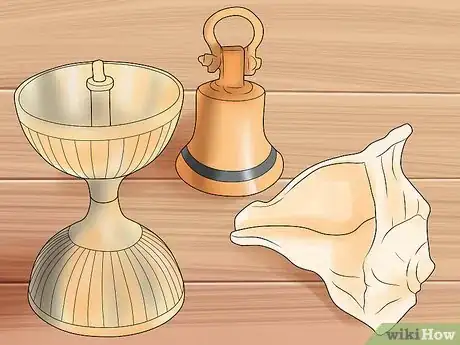


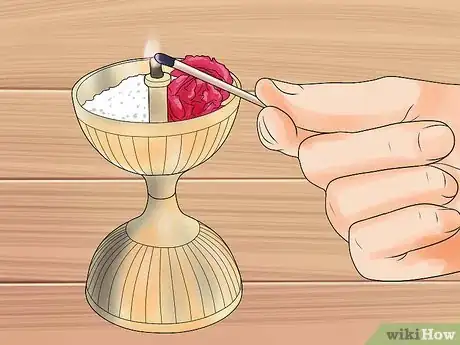

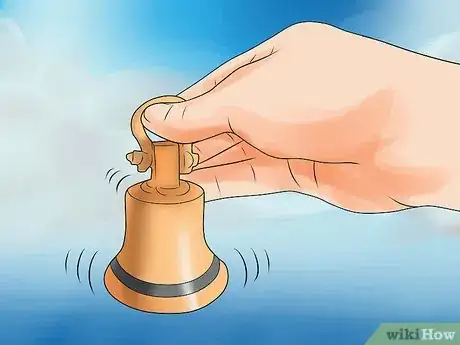

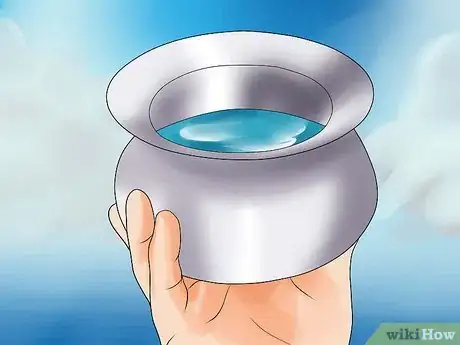
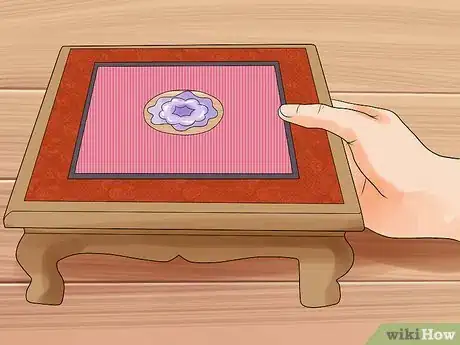

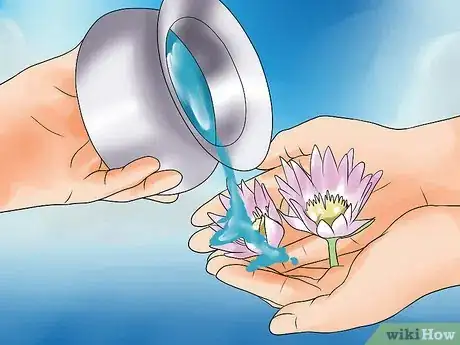






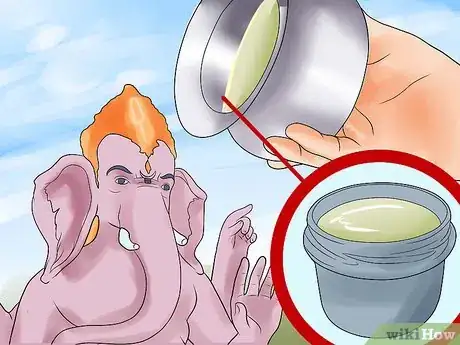









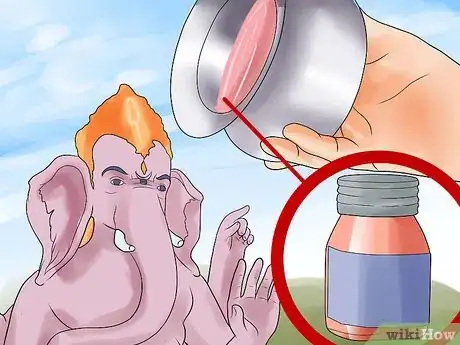




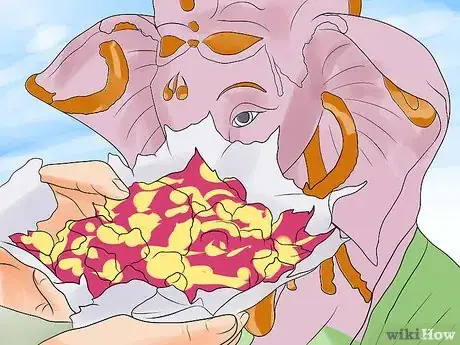





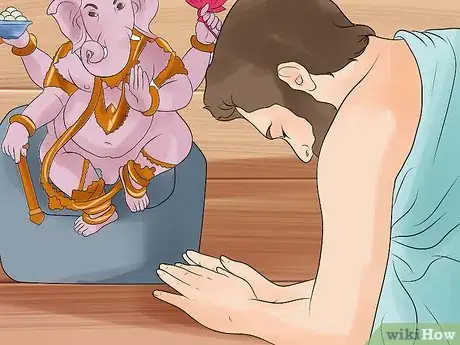

-Step-18.webp)



















-Step-18.webp)





































